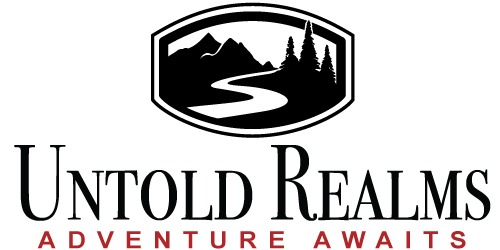I have been working with Jeff Vandine on a set of house rules for magic with Blades & Black Magic, and we are getting close to where we want it to be.
New Magic System Design
The rules will combine Blades with the improvisational system from Barbarians of Lemuria. Basically, the player describes what he wants to do, and he and the Referee discuss the level of complexity of the spell’s effects and its cost.
Spells will be assigned to one of four levels of effort, or Ranks. These Ranks go from simple Cantrips to world-shattering Third Rank spells. This in turn determines spell costs. It also gives the player some options that can be used to make trade-offs in cost. Once the full spell description, cost and casting tradeoffs are set, the player then rolls for success just like any other test.
The result is the system is not as simple as Wizard or other games where you can just declare a spell and read the effects. What it does, however, is make magic much more mysterious–and dangerous. It definitely fits more into the Swords & Sorcery style found in the old Robert E Howard and even Karl Edward Wagner stories. Magic will be more rare, and be much more of a concern for the players and the story than in other games.
Getting Close
That being said, we are not done yet. As Jeff tells me, we are close, but not quite there. We are continuing to tweak the rules to get them where we want, but I hope to put them out on the website by the end of the year.
I think we need to tweak the tradeoff options, as well as the backfire results. My first cut had similar results grow in consequences as the spell rank increases, but that needs to be thought through and adjusted.
I am also working to make some options for the rules to allow them to fit other genres as well. I have a high fantasy campaign I want to use this system for, as well as an Ice Age one, too. I think the rules will be flexible enough to handle those situations, but I need to fine tune them to make sure.
What’s Next?
Good question. The biggest thing is to finish the core rules and start play testing them. (That’s the fun part!) I think the rules are ready for that, even if it just solo play.
I also need to work out how the system can be used with monsters and magic items. In my mind I have this idea about how to use the same concepts from the system used with spells to design monsters and magic items (artifacts). I’m not there yet, but I’m going to start getting some ideas out of my head and onto (virtual) paper…
So stay tuned–more on this is coming, hopefully very soon!
Marko ∞

I think you’re giving me way more credit than I actually deserve on this project. If I had to give percentage work on it, I would say it’s about 75% to 80% you, and the rest to me. you’ve really been swinging for the fences on this, and with so much going on in your life too. But, I think people might enjoy the system when you post it — it’s very flexible and allows for a LOT of roleplaying along the way!
Don’t minimize the impact you are having here, Jeff! Just the conversations about how things can work have had a big impact on the direction this is taking…
Nice idea… But, I think it would slow the game session way down unless there is only 1or 2 players. Especially if there was some conflict between the GM and mage about the specifics of the spell or cost. I think a pre-established list of amount of Mage power equals X amount of damage, might speed this up.
Thank you for that feedback! I knew when I was moving from a straight-up spell list like in the classic TFT system that there was some ambiguity and the possibility of differences of opinion on how any given spell might work. I think that is the strength of the system–the more the system becomes a cookbook, the more the mystery is taken from the magic. That is what appeals to me and I am trying to inject into the game: mystery.
I understand that there may be some discussions about how the spell would work, but I think the tiering system adds those guide rails to help speed that process up. That especially includes the “requirements” that can be chosen to make trade-offs in spell cost.
Anyway, this system was heavily influenced by that in Barbarians of Lemuria. It’s kind of a mashup, so if it can work for them…